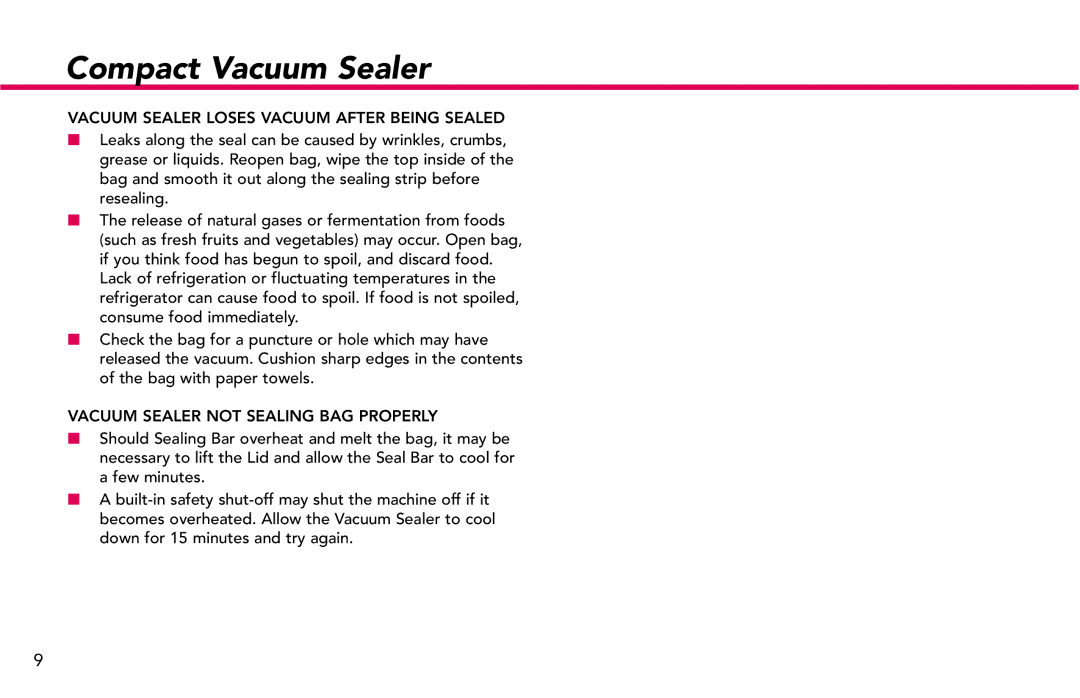1910 specifications
Deni 1910 is a remarkable blend of vintage style and modern technology, representing a unique chapter in the evolution of household appliances. Originally introduced in the early 1900s, the Deni 1910 maintains a nostalgic appeal while incorporating innovative features that cater to contemporary needs.One of the standout characteristics of the Deni 1910 is its design, which echoes the aesthetics of early 20th-century kitchenware. The appliance typically features a streamlined silhouette, often adorned with chrome accents and vibrant colors that evoke a sense of nostalgia. This retro appearance makes it a delightful addition to any kitchen, appealing to both collectors and those who appreciate vintage decor.
In terms of functionality, the Deni 1910 excels as a multi-functional kitchen appliance, usually serving as an ice cream maker. Equipped with a powerful motor, it offers impressive speed and efficiency in creating smooth, creamy ice cream at home. The appliance typically includes a user-friendly interface, allowing even novice chefs to whip up delicious frozen treats with ease.
One of the primary technologies embedded in the Deni 1910 is its advanced cooling system. Utilizing a combination of thermoelectric cooling and efficient insulation, the appliance quickly reaches the ideal temperature for ice cream production. This technology not only speeds up the process but also ensures that the final product retains its flavor and texture, providing users with an authentic ice cream experience.
Furthermore, the Deni 1910 often incorporates removable parts for easy cleaning and maintenance. This practical feature makes it more convenient for users, ensuring that they can enjoy their culinary creations without the hassle of complicated cleanup protocols. The appliance frequently comes with a range of recipes and tips to help users explore diverse flavors and styles of ice cream, enhancing the overall experience.
In summary, the Deni 1910 is an exemplary fusion of classic design and modern functionality. With its vintage appeal, advanced ice cream-making technology, and user-friendly features, it stands out as an ideal choice for those looking to enjoy homemade frozen desserts while appreciating a touch of nostalgia. This appliance not only honors culinary traditions but also embraces the innovations of contemporary kitchen technology.
